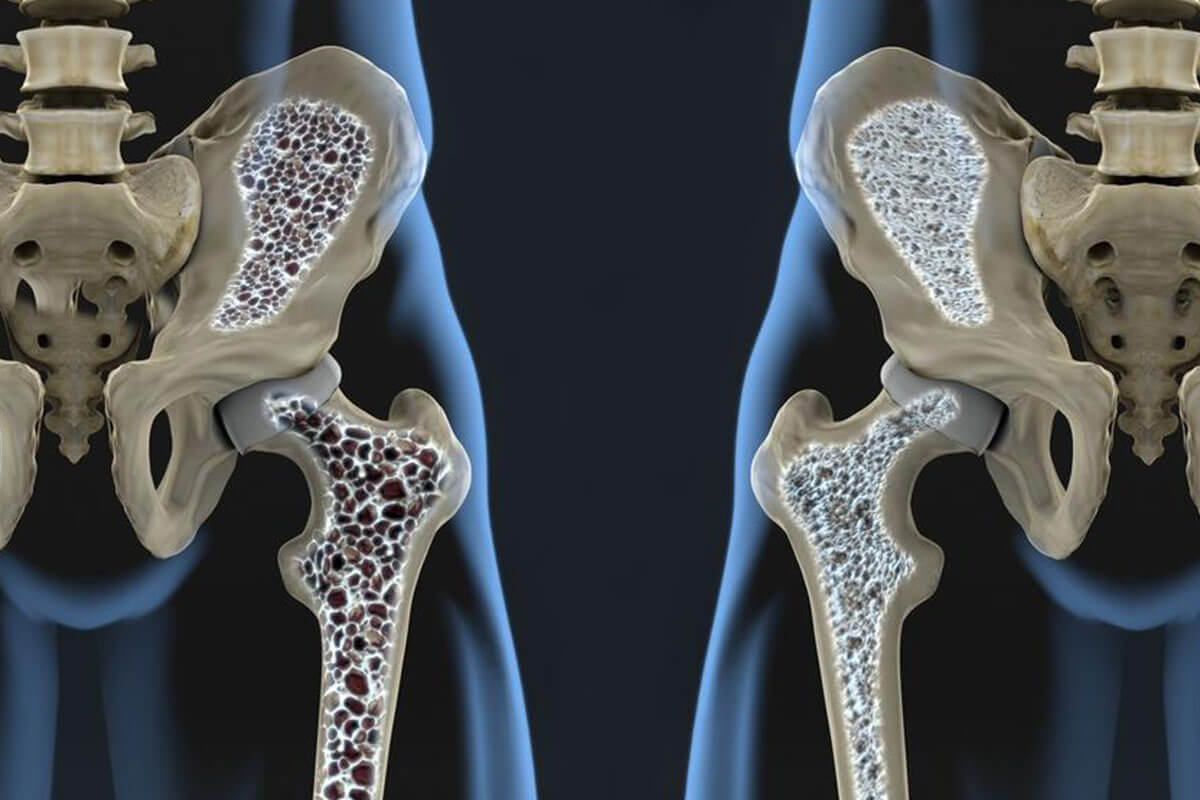
Symptoms
Warning! Causes of Psoriasis Breakouts that You Need to Avoid
Psoriasis sufferers know how frustrating the condition can get. But did you know that staying away from these causes of psoriasis breakouts can reduce and even prevent your symptoms? Psoriasis is an abnormality of the skin, and this recurring autoimmune disorder presents itself in your body as thick, scaly, and itchy patches of skin. The symptoms of psoriasis include red, itchy patches of thickened skin covered in silvery scales; dry and cracked skin prone to bleeding; tiny scaling spots; nails that are thickened or ridges; and stiff, inflamed joints. The patches of psoriasis on your skin can range from just a few ones to major outbreaks that spread across a large area. Psoriasis is not a curable condition. It is a long-lasting disorder that can get quite frustrating for patients, particularly those who have frequent and major eruptions. At times, these flare-ups can even be painful. While there are medications and treatments available to provide relief to your skin, preventing the occurrence of psoriasis breakouts can be a more effective way of reducing your discomfort. For this, you need to be aware of what causes psoriasis breakouts. These triggers are not universal, but knowing the specific causes of psoriasis breakouts for you can help you stay away from such triggers and prevent painful psoriasis flare-ups.













